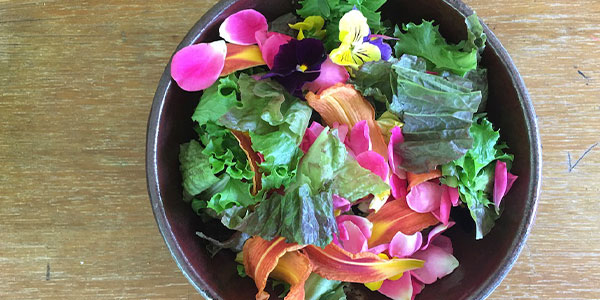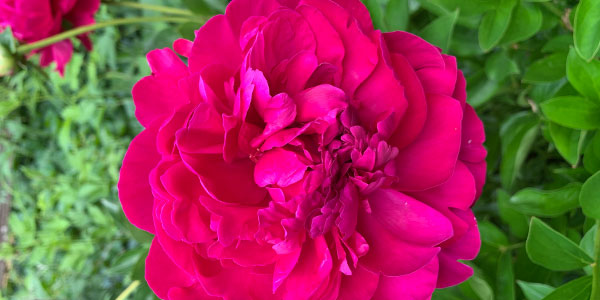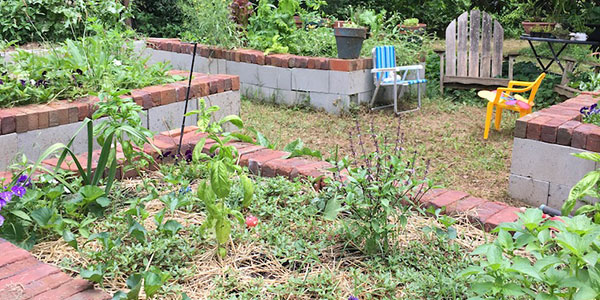Greetings everyone!
Spring is in full swing in the South and on the way for everyone else across the United States, so seeding and gardens are going to be planted up soon, which means starting them the right way.
Here at our home and Mushroom Mountain, we begin by using organic seeds, cuttings, or tubers from our favorite edible and medicinal plants, paired with a broad spectrum mycorrhizal inoculant for several reasons. If you have never used mycorrhizal inoculants, there are several advantages and techniques, but first the ecology of these amazing fungi!
Mycorhhizae (Myco – fungus, rhiza – root), is the harmonious symbiotic relationship where the roots of plants allow the penetration of fungi into and around the cells of the roots to allow for greater surface area for nutrient absorption, pathogen resistance from root-rot organisms, and water transport to and around the root zone of your plants. Since these fungi can help assist with as much as 30% more nitrogen and up to 60% more phosphate as well as other trace metals and nutrients, plants require little to no fertilizer and the root fragments can persist in the garden from year to year, meaning less cost and work for you in the future.
When started early, seeds can be mixed with a very small amount of inoculant, and when the seeds germinate, the emerging root hairs partner with the strains that suit them best. Larger plants or more established plantings will need more to accommodate for the larger root network.
- Seeding Inoculation: Mix 1 cup of mycorrhizal inoculant into 1 cubic foot of seed starting mix, and use this mix to germinate seedlings. Try not to use potting soil that has fertilizer, this can backfire and prevent infection of the plant roots.
- Seedling or transplant inoculation: Established but small seedlings can be inoculated by adding a small amount, 1 teaspoon, per plant right near the base of each seedling. Also we recommend making a small jug of liquid inoculant from the dried by mixing 1 tablespoon of granules into a one gallon jug of water. Shake before use and water very sparingly for a few days.
- At Planting: When planting directly into gardens and ground soil we recommend digging the hole, mixing your soil with compost you have made or purchased, shaping and sizing the hole, and adding a tablespoon of inoculant to the bottom, where the roots of the transplant sit directly on top of the inoculant. Watering in these transplants with the liquid inoculant and adding a small amount of mycorrhizae around the drip line also helps ensure adequate infection of the root tips.





7 thoughts on “Using Mycorrhizae in Your Garden”
Fantastic blog and instructional video on using mycorrhizae in the garden! The step-by-step guide is incredibly helpful. I’m curious, though, can mycorrhizal applications be beneficial for indoor potted plants as well? Looking forward to your insights. Thanks for sharing this valuable information!
Hey Alejandro! There is no reason to think why they would not be beneficial for indoor plats as well. 🙂
Thanks For Sharing Valuable Info..it increase the availability of nutrients for your plants.
It is clear that if we talk about plant growth and plant health more generally then we cannot simply deny the importance of mycorrhizal fungi Abilities to increase plant growth. Thanks for sharing this informative piece of content.
Thanks for writing this beautiful and informative blog. I really like how you describe using Mycorrhizae fungi for the garden.